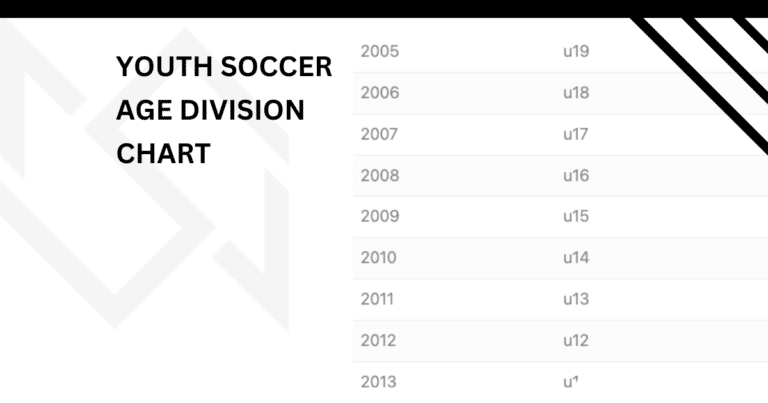The Ultimate Guide to Direct vs. Indirect Kicks

The primary difference between direct and indirect kicks in soccer is that a direct kick allows you to score by kicking the ball straight into the goal, while an indirect kick requires the ball to touch another player before it can count as a goal.
TL;DR:
Get to Know Direct Kicks
A direct free kick is awarded when a player commits a more serious foul against an opponent. These include physical infractions like tripping, pushing, holding, or dangerous tackles. The key characteristic of a direct kick is that the player taking it can shoot the ball directly into the goal without it touching any other player.

When a direct kick is awarded, the opposing team must position themselves at least 10 yards away from the ball until it’s kicked. This gives the kicker a clear opportunity to take an unobstructed shot at goal.
In my opinion, direct kicks create more suspense as both teams prepare for a potential game-changing moment. The tension as a skilled player lines up for a direct kick near the penalty area is unmatched in sports.
When Indirect Kicks Come Into Play
Indirect kicks are awarded for less serious or technical infractions. These include:
- Offside violations
- Obstruction of opponents without physical contact
- Offensive language from players or sidelines
- Goalkeeper handling violations
The defining characteristic of an indirect kick is that the ball must touch another player (from either team) before entering the goal. If the ball goes directly into the goal without another touch, no goal is awarded and play restarts with a goal kick.
Referees signal an indirect kick by raising one arm above their head and keeping it raised until the ball is touched by a second player or goes out of play.
Execution Strategies
For Direct Kicks:
- The ball must be stationary before being kicked
- Opponents remain at least 10 yards away
- After the referee’s whistle, the kicker can shoot directly at goal
- No second touch is allowed by the kicker until another player touches the ball
For Indirect Kicks:
- A common strategy involves a quick short touch to a teammate
- The second player then takes the shot or continues the play
- Creativity and teamwork are essential for converting these opportunities
The Challenge of Free Kicks
Free kicks aren’t the automatic scoring opportunities many parents believe them to be. Unlike penalties, these kicks present significant challenges due to defensive walls and strategic positioning by opponents.
I believe free kicks are among the most underappreciated skills in soccer. What looks simple from the sidelines requires tremendous technique, precision, and mental fortitude to execute successfully under pressure.
For direct kicks, identifying a gap in the defensive wall and delivering a shot with precise power and placement is crucial. For indirect kicks, quick thinking and coordinated teamwork between players can create scoring opportunities through set pieces and creative plays.
Different Rules Across Competitions
It’s important to note that specific rules regarding direct and indirect kicks may vary ever-so slightly depending on:
- Age group competitions
- League regulations
- Tournament-specific rules
- Professional vs. youth leagues
Final Thoughts
Understanding the difference between direct and indirect kicks enhances your appreciation of soccer’s strategic depth. These set pieces represent critical moments where games can be decided and showcase both individual skill and team coordination.
Whether you’re a player developing your technique, a coach designing set-piece strategies, or a parent seeking deeper understanding of the beautiful game, recognizing these distinctions adds another dimension to your soccer experience.

Written By: Beau Bridges
Beau is the founder of SoccerNovo, dedicated to helping players and parents navigate the youth soccer landscape. As a former youth coach and soccer parent, he shares insights on player development, recruiting, and the ever-evolving soccer scene in the U.S.
Let’s connect





